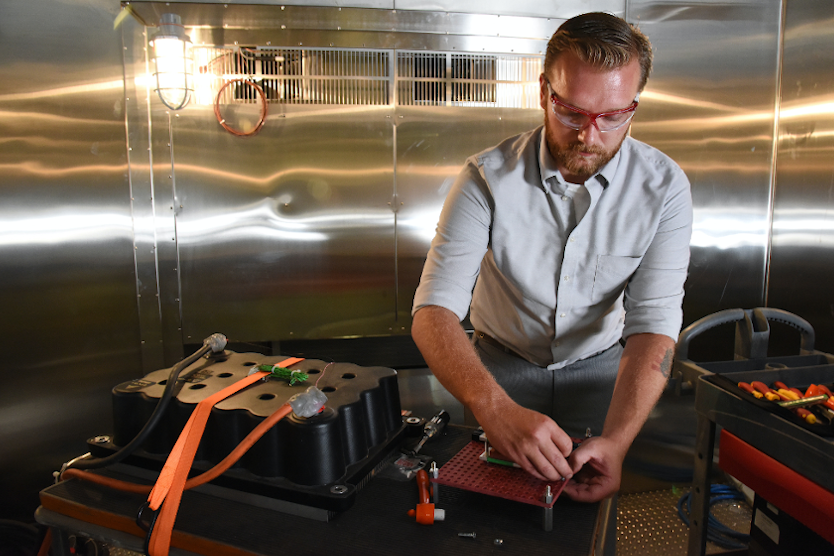
The potential value of electric battery recycling is huge, especially considering the growth of electromobility and stationary storage.
© Unsplash
“Recycling batteries is not just desirable; it is absolutely necessary,” said Baden-Württemberg’s Minister of Economic Affairs, Labour and Housing, Dr Nicole Hoffmeister-Kraut, recently. She was referring to a small project with big ambitions called RecycleMat from the Centre for Solar Energy and Hydrogen Research Baden-Württemberg (ZSW) that her department has funded with EUR 870,000.
Back in 2020, ZSW set out to develop a resource-saving method for recovering the active materials from used or defective electrodes used in lithium-ion batteries. First the researchers mechanically separated the materials, then they were cleaned and heat-treated. The result was metal oxides (from the cathode) and graphite (from the anode) that exhibited 95 percent of their original capacity – in other words, as good as new.
While neither graphite nor lithium, nickel, manganese and cobalt are categorised as precious, they are needed in abundance for battery production and recycling could be more cost-effective – and certainly more sustainable – than mining. A typical electric car battery requires 60 kg of nickel, for example, which would need three metric tonnes of ore from a nickel mine to obtain.
The potential value of electric battery recycling is huge, especially considering the growth of electromobility and stationary storage. But the problem with the prevailing recycling method for cathodes is that a substantial amount of energy is required to dissolve the batteries fully in acid before the materials are reformed step by step. As for the waste graphite, it is usually just incinerated.
The RecycleMat project has proved there’s a smarter and more economical method of extraction that will strengthen Germany’s circular economy and reduce its dependence upon imports.


